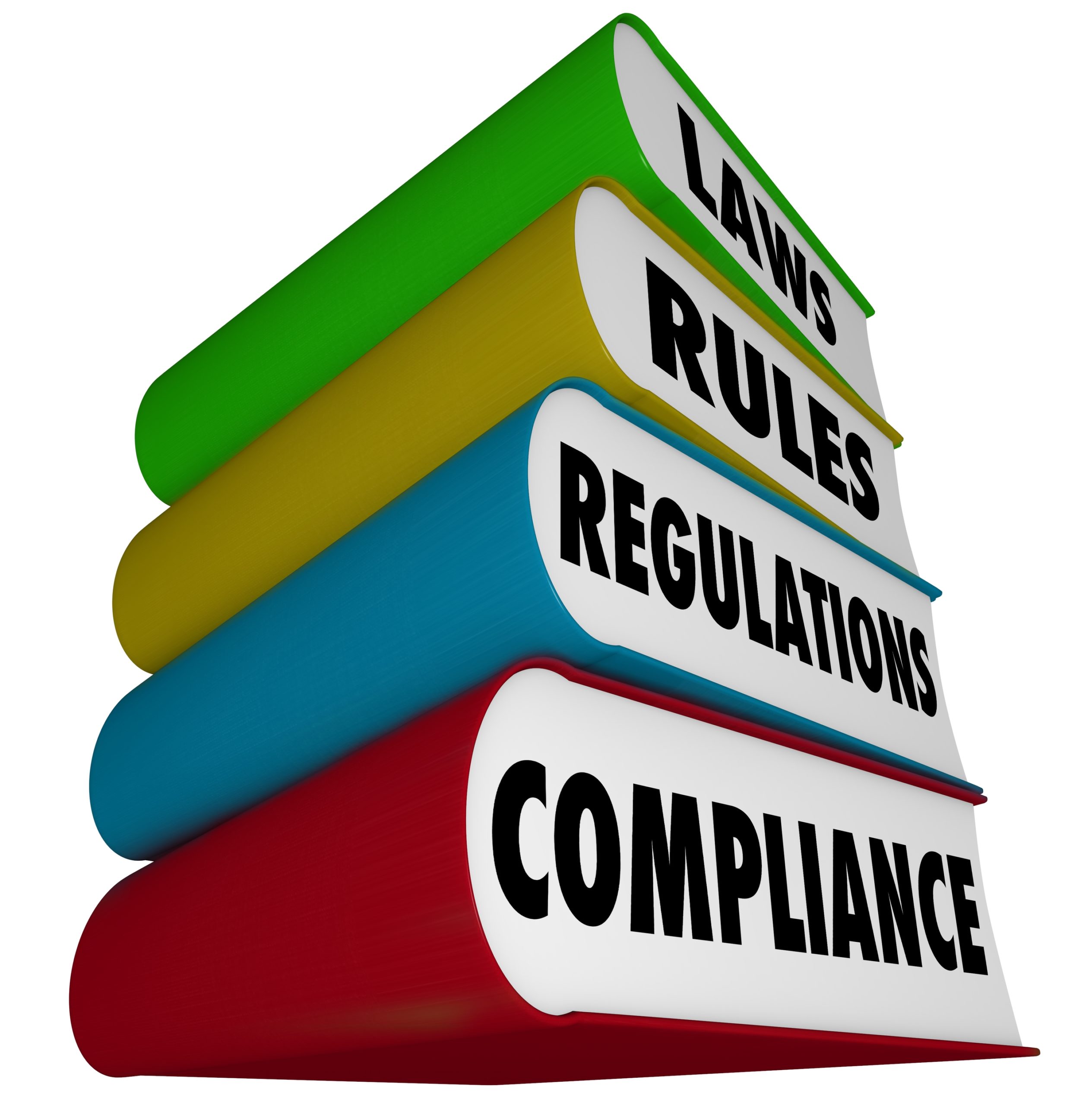
There are two major updates regarding Single Audit compliance you should be aware of with respect to revisions to the Uniform Guidance and the issuance of the 2024 Compliance Supplement.
Uniform Guidance Revisions
Approximately every five years, the Office of Management and Budget (OMB) completes a review and proposes changes to the Uniform Administrative Requirements, Cost Principles, and Audit Requirements for Federal Awards, commonly known as the “Uniform Guidance” or “2 C.F.R. Part 200.” In December of 2023, OMB issued an extensive list of proposed changes that have now been finalized. These final revisions were published in a Federal Register notice on April 22, 2024 and will be effective on October 1, 2024. This means the revisions will be applicable to federal awards issued on or after that date and for fiscal year ends of September 30, 2025 and later. Federal agencies can apply the new guidance prior to October 1, 2024, but they are not required to do so. Federal agencies cannot apply the new changes prior to June 21, 2024 (60 days from the release of the final rules).
The key change in the revisions to the Uniform Guidance is that the threshold for a Single Audit has increased from $750,0000 to $1 million, a welcome change for many non-profit and governmental entities.
Other Key Changes to the Uniform Guidance
- The Type A threshold has been increased to $1 million, and the amount of awards expended for which it applies has increased to $34 million from $25 million.
- The de minimis indirect cost rate has increased from 10% to 15%.
- The requirement that indirect cost rates be available on a governmental website has been removed.
- Equipment and supply thresholds have increased from $5,000 to $10,000.
- Prior written approval for 10 items of cost has been removed.
- Many definitions such as ‘period of performance’ and ‘questioned costs’ have been modified and expanded.
- The definition of “Modified Total Direct Costs” has been modified to exclude subaward costs above $50,000.
- A requirement has been added related to cybersecurity measures including a requirement that a recipient/subrecipient take “reasonable cybersecurity and other measures to safeguard information including Protected Personally Identifiable Information (PII) and other types of information”
- There is added emphasis that recipients and subrecipients must document internal control.
- There are added requirements for subrecipients to certify to the Pass-Through Entity whenever applying for funds, requesting payment, and submitting reports. This applies to all tiers of subrecipients.
Frequently Asked Questions Regarding the Uniform Guidance Revisions
“Should the new $1 million type A program threshold for June 30, 2024 audits be adopted now?”
No. The new type A program threshold should not be adopted until audits for years ending September 30, 2025 or later.
“How should our organization determine if an award is subject to the current Uniform Guidance or new Uniform Guidance?”
For new awards, this will be determined based on the date or the terms and conditions of the award.
“Our organization passes funds on to other entities on a regular basis. Does this change whether those entities are considered subrecipients or not?”
Potentially, based upon the wording of the agreements with those entities you are passing the funds to.
2024 Compliance Supplement Update
The 2024 Compliance Supplement was issued May 29, 2024 and is effective for audits for fiscal years beginning after June 30, 2023 (the fiscal year of July 1, 2023-June 30, 2024).
The following programs are defined as high risk:
- 778/93.777/93.775 – Medicaid Cluster
- 023 – Emergency Rental Assistance
- 027 – Coronavirus State and Local Fiscal Recovery Funds
- 252 – Bipartisan Infrastructure Law (BIL) Abandoned Mine Land (AML) Grants
The following programs have been removed from the high risk list:
- 425 – Education Stabilization Fund
- 498 – Provider Relief Fund
- 026 – Homeowner Assistance Fund
- 029 – Coronavirus Capital Projects Fund
- 001/96.006 – Disability Insurance/Supplemental Security Income
The Single Audit submission due date is defined as the earlier of 9 months after the end of the audit period and 30 calendar days after the entity received the auditor’s report. You can compare the “FAC (Federal Audit Clearinghouse) Accepted Date” to the earlier of the 9 months and 30 days to determine if the due date was met.
The 2024 Compliance Supplement retained the additional requirements regarding COVID-19 expenditures in Appendix VII:
- The requirement to separately identify COVID-19 expenditures on the SEFA and Data Collection Form has been retained.
- For reporting on the SEFA, (Schedule of Expenditures of a Federal Award) COVID-19 expenditures should be reported on a separate line by ALN (Assistance Listing Number) with “COVID-19” as a prefix to the program name.
- For reporting on the Data Collection Form, COVID-19 expenditures should be reported on a separate row with “COVID-19” in Part II Item 1c, Additional Award Identification.
If you have any questions regarding the updates to the Uniform Guidance or 2024 Compliance Supplement and how these changes affect your audit, please contact a member of your audit team.






